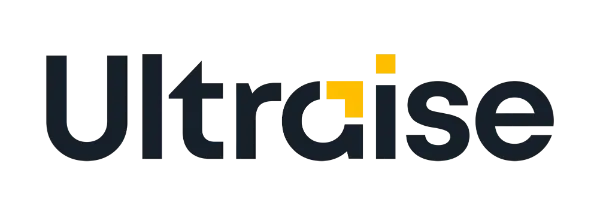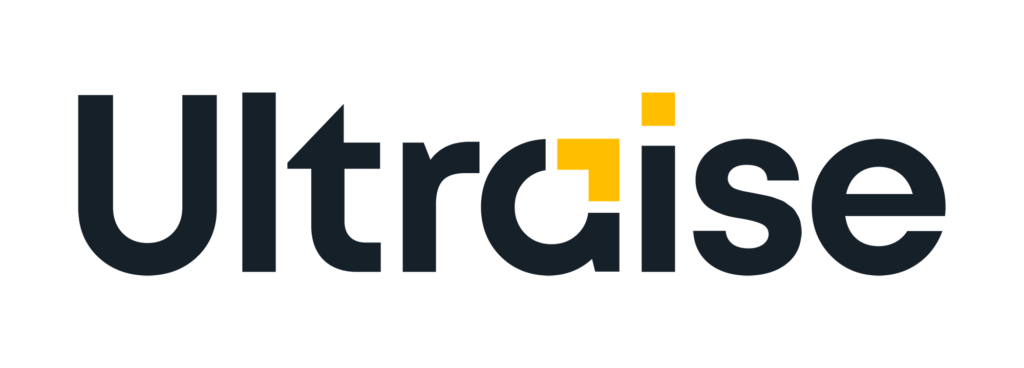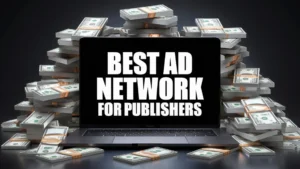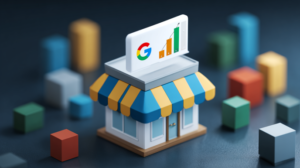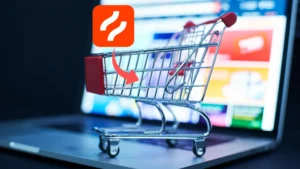Table of Contents
ToggleWhat is PPC?
PPC stands for Pay-per-click and is a widely used term in digital marketing. In PPC marketing, advertisers pay money to bring traffic to different destinations.
Some example destinations for PPC marketing are:
- Website
- Landing page
- Social media post
- Lead form
Another important metric in PPC advertising is ROI (Return on investment). Because advertisers pay money to bring traffic and catch users’ attention, in most cases, they try to profit from it by selling products and services.
If you use PPC advertising for your business, you need to expect a positive ROI, which means that for every $1 you spend on PPC advertising, you get more than $1 back in profits.
How does PPC advertising work?
Most advertising platforms work in a way that is similar to an auction house. For example, when someone searches for a keyword on Google, the Google Ads algorithm runs an auction to determine which ads will show in the search results and their order.
It usually depends on a combination of different factors like:
- Maximum bid: The maximum bid an advertiser offers to pay to show up in the search results
- Quality score: This shows how relevant your ad is to your target audience and how relevant your landing page is.
Because most advertising platforms work in the way of an auction, the advertiser with the highest maximum bid and quality score will win the auction, and his ad will show.
When you see an ad, it means that there was an auction behind the scenes to show this ad. It’s fascinating how complex those AI algorithms are.

AD:
Where can you advertise your business?
The answer is everywhere!
There are so many platforms you can use to advertise your business. Some of the biggest ones are Google Ads, Meta Ads (Facebook/Instagram), Twitter Ads, LinkedIn Ads, TikTok Ads, Taboola, Outbrain, Amazon Ads, and more.
This is an an interesting video that compares Google Ads and Meta Ads:
Some of the most popular ads on Google Ads:
1) Search Ads – Those ads appear when you search for different terms on Google. Sponsored results will usually appear in the first three positions, and organic results will appear further down.
2) Google Display Network (GDN) – Those ads look like banners and appear on websites that partner with Google using Google Adsense.
Those ads may also appear on YouTube feeds and mobile apps.
3) Shopping Ads – Ads that appear when you search on Google for specific products, like a laptop. You will see many ads of websites selling laptops. Some of them are ads, and some are organic results.
4) Video Ads – Video Ads that appear on YouTube. They work great to raise brand awareness for the long term. They are considered very cheap compared to search ads.
5) Gmail Ads – There are also ads in your Gmail inbox. It’s another marketing channel by Google Ads.
Read this post to learn how to create a Google Ads campaign that generates results.
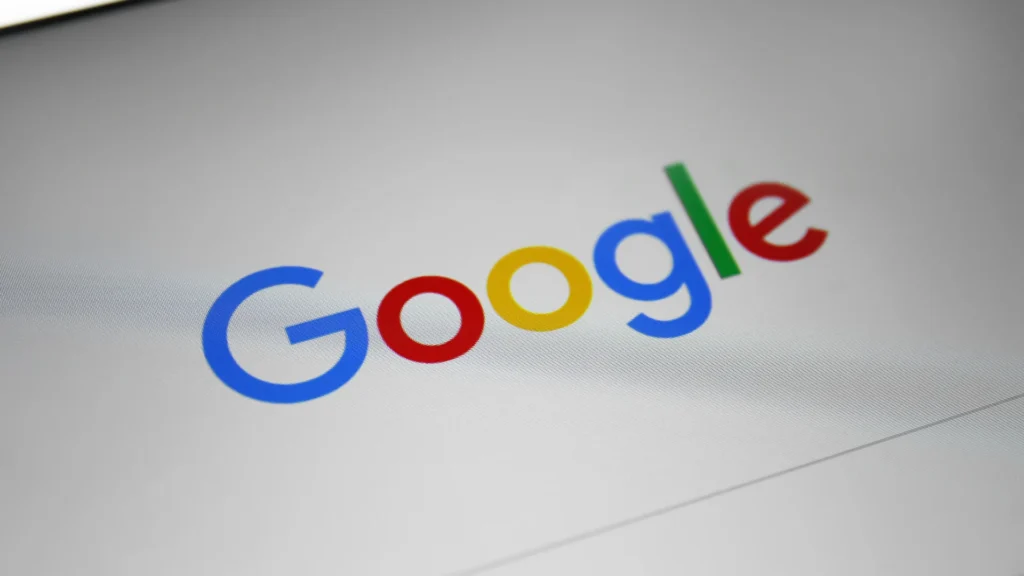
AD:
Some of the most popular ads on Meta Ads:
1) Image Ads – Ads that contain images and text with a call to action button
2) Video Ads – Ads that contain video and text with a call to action button
3) Carousel Ads – Ads that contain multiple images/videos and text with call-to-action buttons on each image/video. They usually work great for eCommerce products.
4) Lead Ads – Ads that contain a Meta lead form, where users can submit their contact details in a few clicks.
5) Messenger Ads – Ads on Facebook Messenger that look like all messages. However, you will see a small “Ad” sign near the sender’s name.
What's the secret to maintaining a low cost per result?
1) Target the right audience
2) Use the right marketing message
3) Target your audience on the right platform
4) Advertise at the right time
The magic solution to easy campaign optimization:
1) Use campaigns/ad sets/ads that have already worked well in the past and spend your budget on them.
2) Do A/B testing to achieve better results
3) Watch your competitors and learn from them

To conclude,
PPC advertising can benefit your business a lot, both in the short and the long term. Spending your budget wisely and efficiently is more important than spending the highest budget.
Apply the tips in this post and watch your business grow over time.
If you also want to use SEO to drive more organic website traffic, this post will show you how.
AD:

